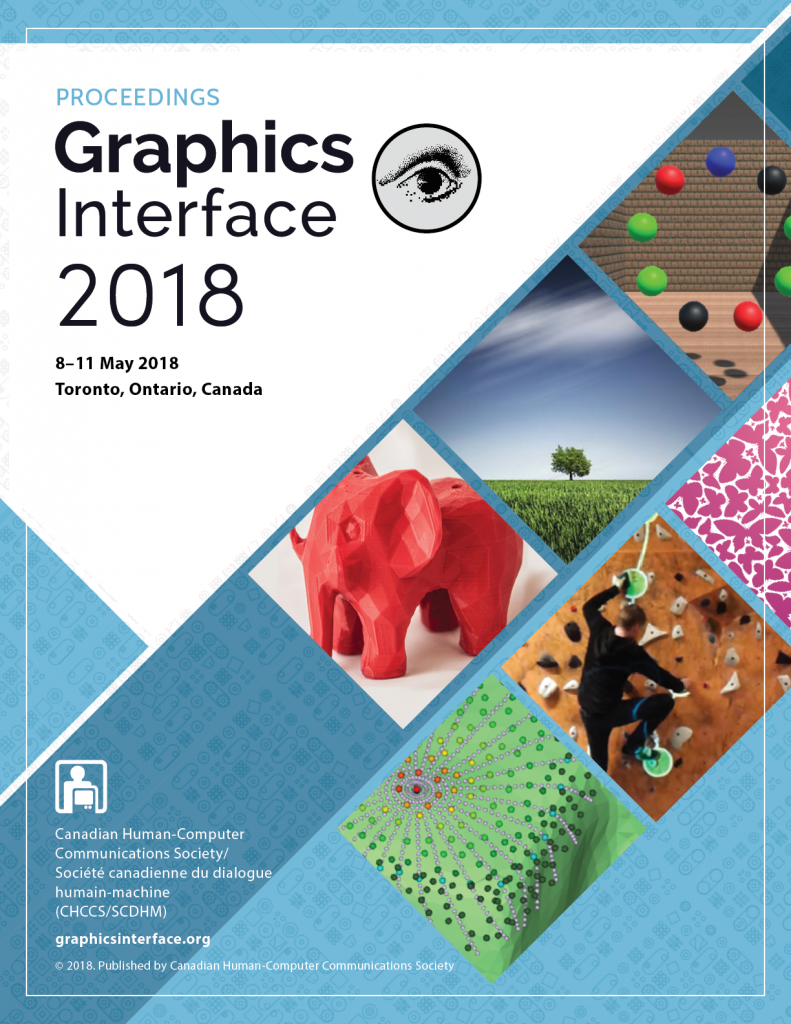BibTex
@inproceedings{Yamanaka:2018:10.20380/GI2018.16,
author = {Yamanaka, Shota},
title = {Mouse Cursor Movements towards Targets on the Same Screen Edge},
booktitle = {Proceedings of Graphics Interface 2018},
series = {GI 2018},
year = {2018},
isbn = {978-0-9947868-3-8},
location = {Toronto, Ontario},
pages = {115 -- 122},
numpages = {8},
doi = {10.20380/GI2018.16},
publisher = {Canadian Human-Computer Communications Society / Soci{\'e}t{\'e} canadienne du dialogue humain-machine},
}
Abstract
Buttons and icons on screen edges can be selected in a shorter time than those in the central area because the mouse cursor stops due to the impenetrable borderline. However, we have concerns regarding such edge targets, in particular, pointing to an edge target from another edge target on the same edge. For example, users would move the mouse toward outside the screen; thus, the virtual travel distance of the cursor including off-screen movements would be longer. In this study, we empirically confirmed that users exhibit such “pushing-edge” behavior, and 3% of cursor movements are wasted in off-screen movements. We also report how current user-performance models (variations of Fitts' law) can capture such pointing motions between targets on the same edge. The results show that the baseline model (Shannon formula) shows a reasonably high fit (R2 = 0.959), and bivariate pointing models show higher fitness (R2 = 0.966 at most).





















































